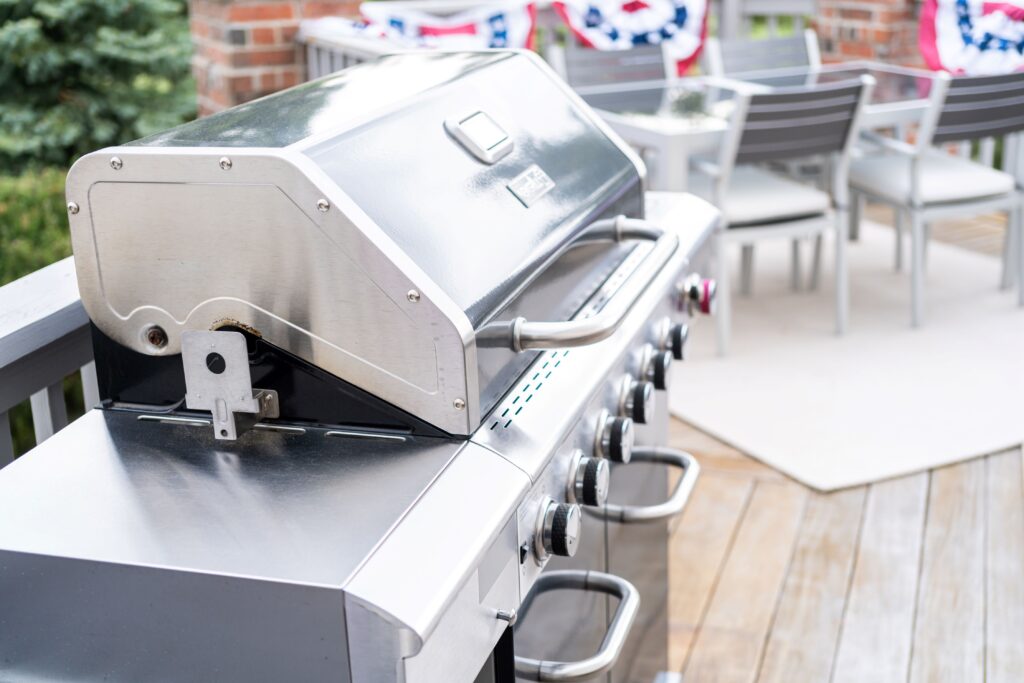Das Nutzen von Sonnenlicht und frischer Luft ist mehr als nur ein angenehmer Zeitvertreib; es ist ein wesentlicher Bestandteil eines gesunden Lebensstils. Sonnenlicht versorgt den Körper mit Vitamin D, das für die Knochenstärke und das Immunsystem unerlässlich ist. Es beeinflusst auch positiv unsere Stimmung und kann depressive Symptome lindern. Frische Luft hingegen verbessert die Lungenfunktion, erhöht den Sauerstoffgehalt im Blut und fördert die geistige Klarheit.
Die Freuden des Outdoor-Lebens
Die Natur zu genießen bedeutet, sich aktiv am Leben zu beteiligen. Ob durch Gartenarbeit, Wandern, Picknicken oder einfach nur Entspannen im Freien, diese Aktivitäten verbinden uns mit der Erde und fördern eine tiefe Wertschätzung für die Umwelt. Sie bieten auch eine Pause von der Technologie und ermöglichen es uns, uns mit Familie und Freunden zu verbinden und den Moment zu genießen.
Die Notwendigkeit von Outdoor-Ausrüstung
Für ein optimales Outdoor-Erlebnis ist die richtige Ausrüstung von großer Bedeutung. Ein essenzielles Zubehör für Outdoor-Aktivitäten ist eine hochwertige Abdeckhaube. Diese schützt die Ausrüstung wie Grills oder Gartenmöbel vor Witterungseinflüssen und sorgt dafür, dass sie länger haltbar und jederzeit einsatzbereit ist.
Weber Abdeckhauben: Ein Symbol für Qualität und Langlebigkeit
Weber ist bekannt für die Herstellung von qualitativ hochwertigen Grillgeräten und Zubehör. Ihre Abdeckhauben sind speziell dafür konzipiert, Grillgeräte vor Regen, Sonne und Schnee zu schützen. Diese Hauben sind nicht nur praktisch, sondern auch ein Zeichen für die Sorgfalt und Hingabe, die Weber in seine Produkte steckt.
Nachhaltigkeit im Fokus
Durch die Verwendung von Abdeckhauben wird auch ein Beitrag zum Umweltschutz geleistet. Sie verringern die Notwendigkeit, häufig neue Ausrüstung zu kaufen, was wiederum die Abfallproduktion reduziert und Ressourcen schont. Die Investition in eine Weber Abdeckhaube ist somit nicht nur eine Entscheidung für Qualität, sondern auch für Nachhaltigkeit.
Die Vielseitigkeit von Abdeckhauben
Abdeckhauben von Weber sind vielseitig einsetzbar. Sie eignen sich nicht nur für Grills, sondern auch für andere Outdoor-Gegenstände. Ihre Robustheit und Widerstandsfähigkeit machen sie zu einem unverzichtbaren Accessoire für jeden, der seine Outdoor-Ausrüstung pflegen und schützen möchte.
Lebensqualität durch Outdoor-Aktivitäten steigern
Das regelmäßige Verbringen von Zeit im Freien, gepaart mit dem Schutz und der Pflege der Ausrüstung, führt zu einer gesteigerten Lebensqualität. Es ermöglicht uns, das Beste aus unserer Freizeit herauszuholen und das Sonnenlicht und die frische Luft in vollen Zügen zu genießen.

Integration von Outdoor-Ausrüstung im Alltag
Die Integration von Outdoor-Ausrüstung in unseren Alltag ist ein wichtiger Schritt, um regelmäßig von Sonnenlicht und frischer Luft zu profitieren. Ob beim Grillen mit der Familie oder beim Entspannen im Garten, die richtige Ausrüstung trägt dazu bei, diese Momente angenehmer und komfortabler zu gestalten. Weber Abdeckhauben tragen dazu bei, dass diese Ausrüstung immer bereit und in bestem Zustand ist.
Die Wirtschaftlichkeit von Qualitätszubehör
Die Investition in hochwertiges Zubehör wie Weber Abdeckhauben ist auch aus wirtschaftlicher Sicht sinnvoll. Durch den Schutz, den sie bieten, verlängert sich die Lebensdauer der Ausrüstung, was langfristig Kosten spart. Es ist eine lohnende Investition, die sich über Jahre hinweg auszahlt.
Das ganze Jahr über Outdoor-Aktivitäten genießen
Mit der richtigen Ausrüstung können Outdoor-Aktivitäten das ganze Jahr über genossen werden. Abdeckhauben schützen nicht nur im Sommer, sondern auch in den kälteren Monaten, wenn Wetterbedingungen härter sind. Dies bedeutet, dass man unabhängig von der Jahreszeit das Beste aus seinem Outdoor-Erlebnis machen kann.
Abschließende Gedanken: Eine gesunde Balance finden
Letztendlich geht es darum, eine gesunde Balance zwischen dem Leben im Innen- und Außenbereich zu finden. Die Nutzung von Sonnenlicht und frischer Luft, kombiniert mit dem richtigen Schutz und der Pflege unserer Ausrüstung, ermöglicht uns, diese Balance zu erreichen. Weber Abdeckhauben sind dabei ein kleines, aber wesentliches Element, das einen großen Unterschied macht.
Mit einer Weber Abdeckhaube können wir sicher sein, dass unsere Outdoor-Ausrüstung geschützt ist und wir jederzeit das Beste aus unserer Zeit im Freien machen können. Es ist eine Investition, die nicht nur unsere Ausrüstung, sondern auch unsere Lebensqualität schützt und erhöht.